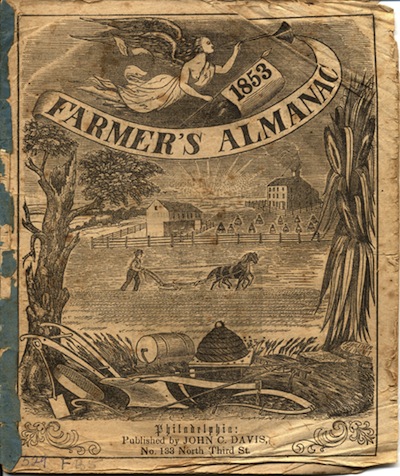
Someone's collecting enormous amounts of data about life down on the farm -- climate conditions, crop growth, even how farm equipment is steered. It isn't the NSA, but close enough. Monsanto, John Deere and DuPont Pioneer are all buying or investing in data collection companies that analyze trends and transmit directions automatically to the farm. Real-time farming decisions that used to depend on farmers' good judgment and years of experience are being replaced by corporate ‘predictions' -- and some farmers don't like that at all.
Monsanto and industry analysts believe this kind of ‘smart farming' has its benefits, allowing farmers to control crop yield with greater precision. Farmers' groups such as the Grower Information Services Cooperative (GISC) are alarmed over the potential loss of operational and economic control. The big questions are: who will own this data; who will profit from it; and ultimately, who will control business decisions on the farm? In the 1990s, farmers began collecting field data and uploading it manually to their computers. Now, using ‘smart' devices, the data can be uploaded directly to a corporation, sometimes without the farmer's knowledge, if they subscribe to its services. Then the question is: does that information become proprietary, and when? And can the farmer access it in a non-proprietary form? The prescription services combine vast amounts of data on soil fertility and crop yields from thousands of farms -- yet much of this information is considered confidential by individual farmers. Once accessed by Monsanto, what is to stop it from discovering what makes a particular farm competitive? "If you inadvertently teach Monsanto what it is that makes you a better farmer than your neighbor, it can sell that information to your neighbor," said John McGuire, an agriculture technology consultant. And if the corporation gathers enough information, "it opens the door for Monsanto to say, ‘We know how to farm in your area better than you do,'" he said.
Instead of partnering with Monsanto, GISC is urging farmers to organize and place their data in its central repository, thereby retaining legal and technical ownership of it. "Growers need to be proactive in how their information is managed," said Mark Cox, controller and communications director for GISC. "Otherwise all that economic power will consolidate to these corporations and the grower will be at even more of a disadvantage. We don't want the grower to become a tenant on his own farm." In the end -- as with everything else Monsanto -- it's not about the farmers' wellbeing or efficiency; it's about its own bottom line. "Monsanto's scheme does not really represent farmers embracing data analytics, but Monsanto embracing it to better sell the seeds it wants to sell with a pseudo-scientific rationale," said Bill Freese, an expert on agricultural biotech and a science policy analyst with Center for Food Safety. To unsubscribe, click here e Wiki | Friends | Editors | Contact Us Copyright © 2013 by Planet Waves, Inc. All Rights Reserved. Other copyrights may apply. Some images used under Fair Use or Share Alike attribution. |

